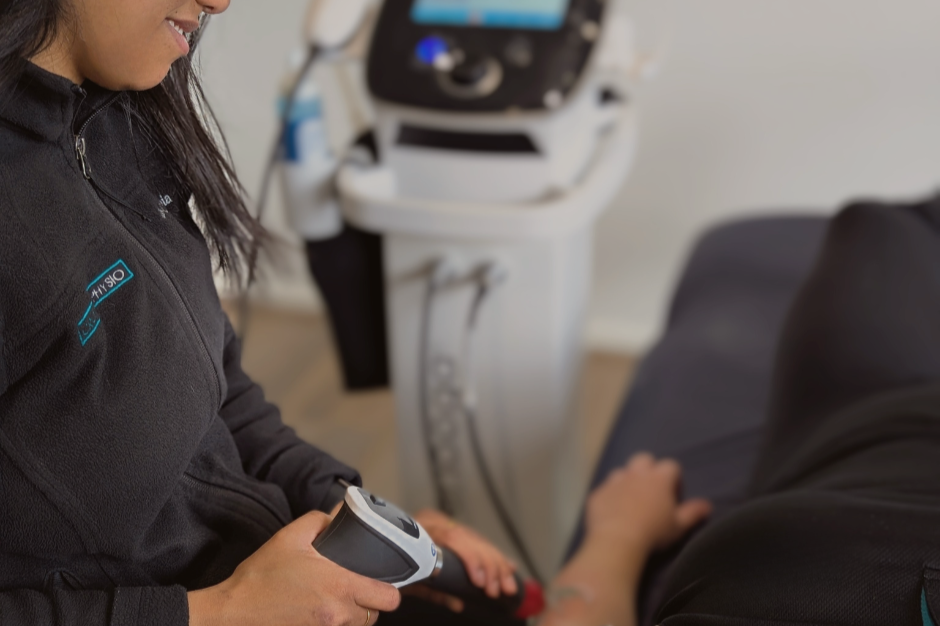SHOCKWAVE
Do you have that lingering pain that JUST WON’T GO AWAY. And you’ve tried EVERYTHING? And you’re just sick of pain?
At Croydon Physio, we’re passionate about using the latest evidence-based treatments to help you recover faster. Shockwave therapy is a POWERFUL tool we use to RELIEVE stubborn PAIN FAST and accelerate healing.
WHAT IS SHOCKWAVE?
We think it’s magic! Most, if not all of our patients who have had shockwave with Physio have had RAPID and EASY relief of pain…even pain that been there for years!
Radial Pressure Shockwave Therapy is a non-invasive treatment that works hand-in-hand with physiotherapy to target stubborn tendon and soft tissue conditions. It helps reset the healing process, reduce pain, and restore function with minimal side effects. It stimulates blood flow and cellular repair to support faster recovery and lasting results.
conditions and injuries that shockwave can treat:
Plantar fasciitis
Achilles tendinopathy
Tennis Elbow
Golfers Elbow
Rotator Cuff injuries
Patella Tendinopathy
Hamstring Tendinopathy
Gluteal Tendinopathy
Heel spurs
GTPS (Greater trochanteric pain syndrome) or Hip bursitis or Trochanteric bursitis
Shin splints (Medial tibial stress syndrome)
Osgood-Schlatters Disease or Jumpers knee
Thumb pain
Shoulder pain
Hip pain
Wrist pain
Elbow pain
Knee pain
Foot pain
Osteoarthirits
BENEFITS OF SHOCKWAVE
Non-invasive and drug-free treatment
Reduces pain by stimulating the body’s natural healing
Speeds up tissue repair and regeneration
Improves blood flow to injured areas
Breaks down scar tissue and calcifications
Complements physiotherapy for enhanced recovery
Effective for chronic conditions (e.g. tendinopathies, plantar fasciitis)
Minimal side effects and downtime
Long-term improvement in function and mobility
Contact us today to see if shockwave therapy is right for you.
WHAT TO EXPECT POST-TREATMENT
It’s normal to feel some soreness or mild pain in the treated area after shockwave therapy. This usually settles within a few days.
Immediate Care:
Rest: Avoid strenuous activity for 2–3 days, especially anything that stresses the treated area.
Pain Relief: Paracetamol can help, but avoid anti-inflammatories (like ibuprofen) as they may interfere with healing.
Ice: Apply ice to the area to ease pain and reduce swelling.
Stay Active: Light daily activities are fine—just avoid anything high-impact.
Ongoing Recovery:
Healing Continues: The body will keep healing for several weeks after treatment.
Exercise: Gradually return to exercise as tolerated—start slow and listen to your body.
Follow-Up: Keep your physio appointments to track progress and adjust your plan if needed.
Monitor Pain: Mild discomfort is normal. If pain increases or feels unusual, check in with your physio.

